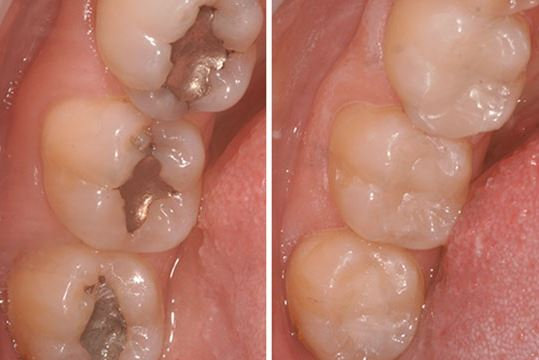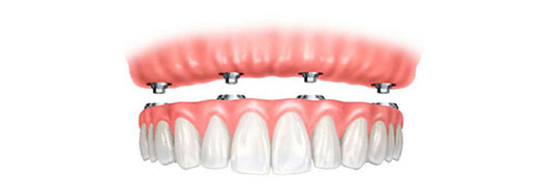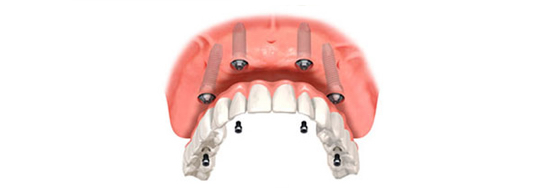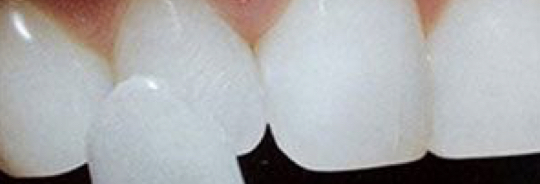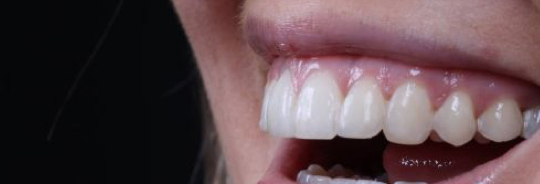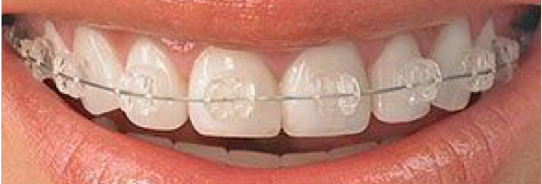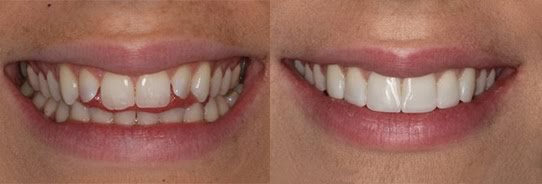
Blog
We post all the latest information here regularly so it's always up to date for you. If there is a topic you would like to have us cover please ask.
22 September 2020
Crown Lengthening

If you have a gummy smile, crown lengthening is the ideal solution for you. Essentially, a gummy smile can make your teeth look short. This isn't the case, your teeth are actually the typical size, but the excess gum tissue partially covers it and makes it look shorter.
What is a crown?
A crown is the visible part of the tooth above the gumline. You may opt for crown lengthening for cosmetic purposes or may be required in order to expose decayed or broken/fractured areas of the teeth.
What's involved in treatment?
During a crown lengthening, your dentist will remove any excess gum tissue. In certain circumstances, your dentist may need to remove or reshape bone tissue to expose more of the teeth. There's no need to worry, it may sound somewhat daunting but the area is completely numb. If you'd like, you can even opt for sedation. Either way, you'll be completely comfortable throughout. There are three crown lengthening techniques:
- gingivectomy
- apically repositioned flap surgery
- surgical extrusion
There are several factors your dentist will consider when choosing the most appropriate techniques, depending on your specific requirements such as:
- aesthetic considerations
- crown to root ratio
- the proximity of the root
- the appearance of the root
- the presence of bone loss
- the position of the affected tooth or teeth
Aftercare
Minor swelling can be expected for the first few days after a crown lengthening. Your dentist may recommend applying a cold compress to the area to help with pain and swelling. You'll also be given a prescription to help with any tenderness. You'll also be given a list of recommend soft foods to eat following treatment.





